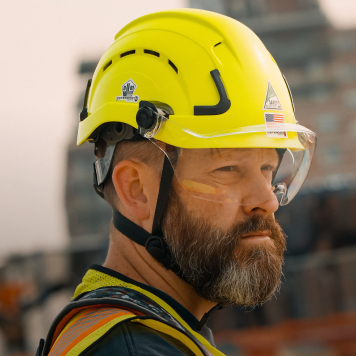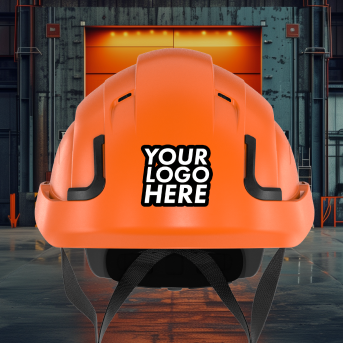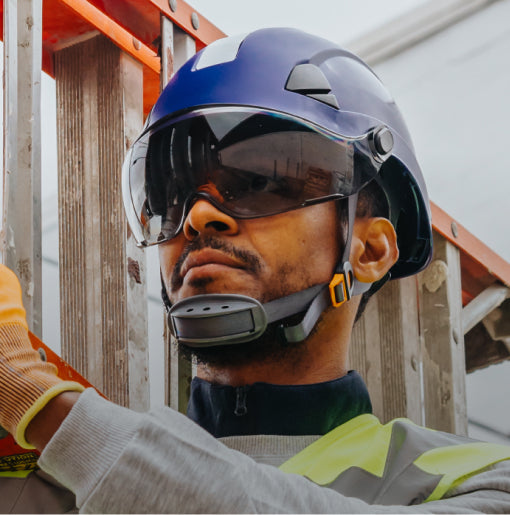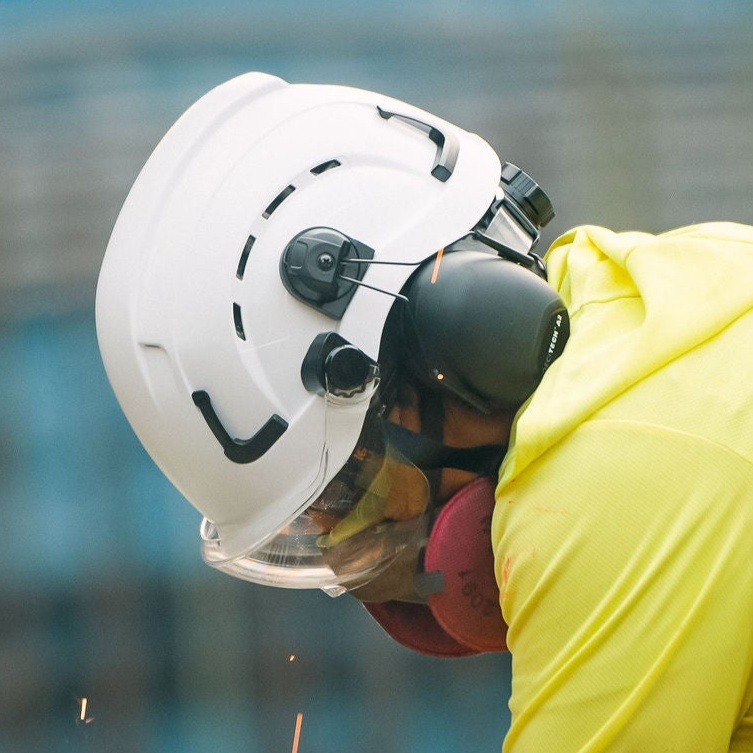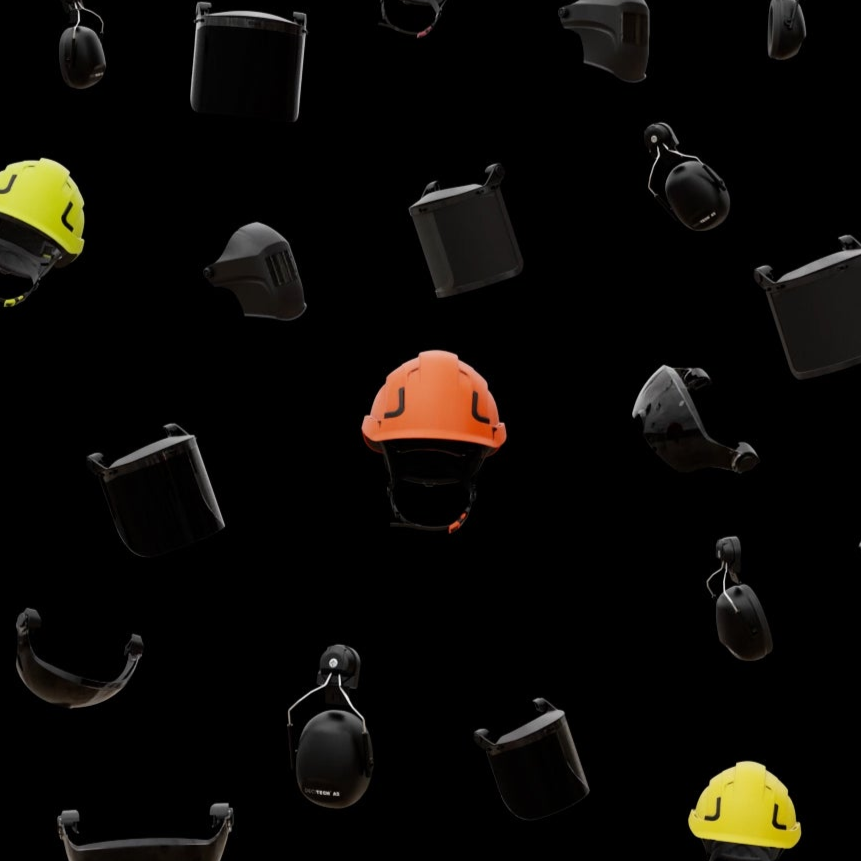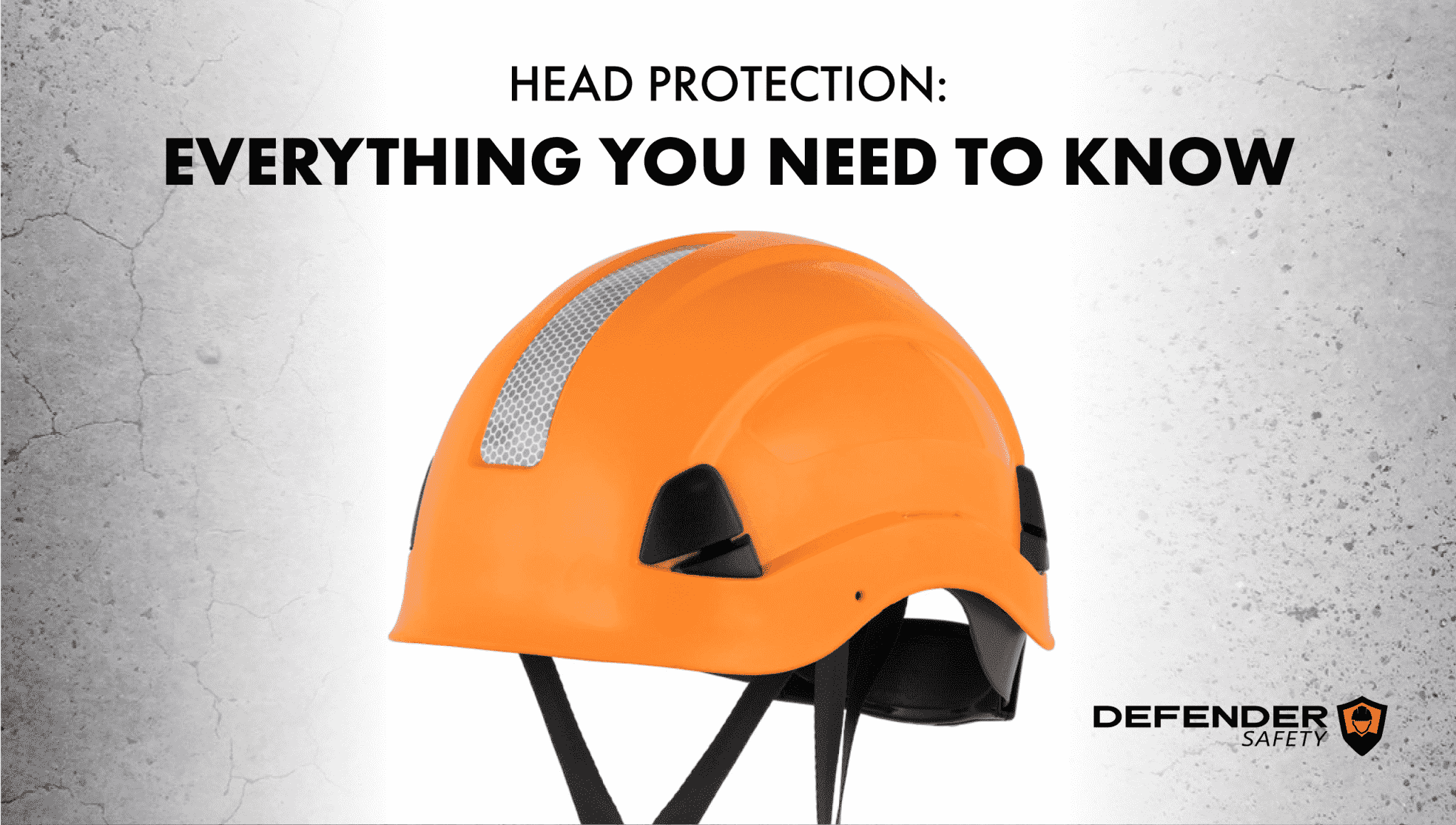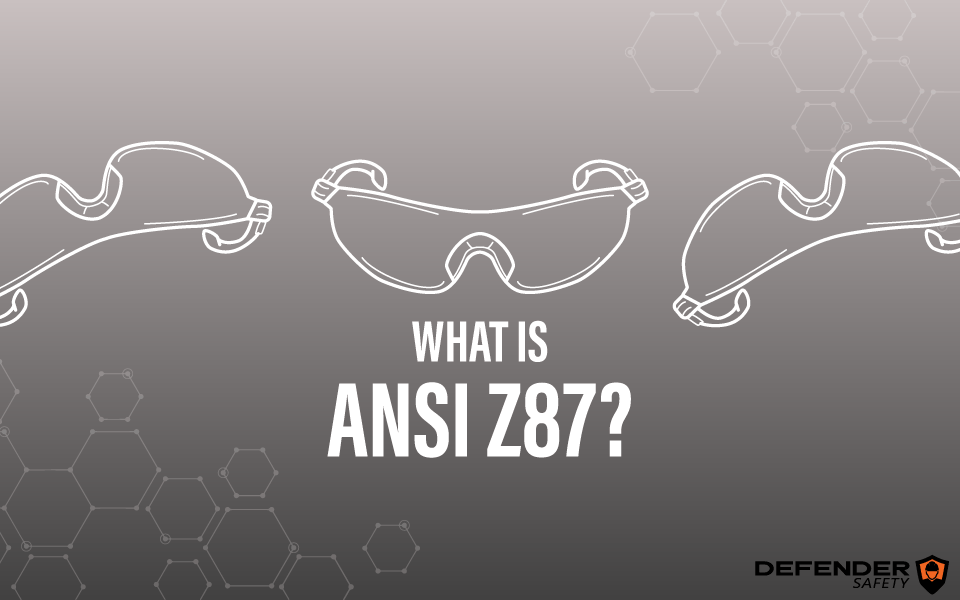
What are OSHA rules for hearing protection?
Hearing protection OSHA guidelines mandate that the sound level must not be more than a set amount based on the hours of exposure. The table below shows the acceptable noise exposures identified in OSHA 1910.95 - Occupational Noise Exposure. The sound level is measured in A-weighted decibels (dBA)—the loudness of noise sensed by the human ear. However, sometimes jobs subject workers to higher sound levels. In these cases, if administrative or engineering controls cannot reduce sound, employees must use protective equipment. The chosen hearing protectors must decrease noise exposure to the required levels in the table. In addition, OSHA directs employers to follow a Hearing Conservation Program. Employers must monitor noise levels and assess the effectiveness of hearing protectors. Workers subjected to dangerous sound levels are entitled to free annual hearing exams, training, and protection. This program is in place to ensure that hearing loss is limited in the workplace.
However, sometimes jobs subject workers to higher sound levels. In these cases, if administrative or engineering controls cannot reduce sound, employees must use protective equipment. The chosen hearing protectors must decrease noise exposure to the required levels in the table. In addition, OSHA directs employers to follow a Hearing Conservation Program. Employers must monitor noise levels and assess the effectiveness of hearing protectors. Workers subjected to dangerous sound levels are entitled to free annual hearing exams, training, and protection. This program is in place to ensure that hearing loss is limited in the workplace.
What is the difference between active and passive hearing protectors?
A good place to start when deciding on a type of hearing protection is deciding between the two types of hearing protectors: active and passive. These options refer to the devices' reaction to noise and how they are designed. Each choice serves different purposes based on user preference. Active: Active ear protection has digital and electrical features that amplify or suppress different frequencies of sound. These hearing protectors search for dangerous sound frequencies and generate the opposite sound frequencies. This cancels out the noise, so the user does not hear anything. Active hearing protectors can also increase low sound levels, like conversations and talking. This way, the user can be protected from loud noises and easily communicate with others when necessary. Active hearing protectors are typically for environments where it is essential to hear coworkers or other people. Passive: Passive ear protection has no digital or electrical features. These protectors act as a barrier between the ear and potentially harmful sound. Passive devices provide reliable and consistent defense against dangerous noise. The protectors suppress all noise, making it challenging to hear low-level sounds. Passive hearing protectors are typically for users that need the highest level of protection. In addition, these devices are usually cheaper than active hearing protectors.What are Defender Safety hearing protectors?
At Defender Safety, there are some options for OSHA-approved hearing protection. The choices are the Decitech E1, E2, A1, A2, and A3. An earmuff attachment for the safety helmet is also available. Each option is approved by ANSI S12.6, ANSI S3.19, and OSHA. The hearing protectors from Defender Safety provide a safe and comfortable user experience. Design and Features The Decitech E1 and E2 are both active hearing devices—they can actively amplify or suppress noise. These protectors have voice optimization features that permit communication during use. The E1 and E2 can reduce impulse and continuous noise. The Decitech E1 is a pair of earmuffs with a foldable and adjustable headband so they can fit in small spaces and be worn by most people. The E1 has a noise reduction rate (NRR) of 24 dB. This hearing protector also has an adjustable volume nob to increase or decrease the intensity of the user's surroundings or audio. The Decitech E2 is a set of earplugs designed to fit within most ears. The E2 has an NRR of 22 dB and a quick reaction time. The earbuds have indoor and outdoor modes that adjust to make the sound more comfortable for the user. The E2 has an 8-hour battery life and includes a charging case to keep them safe. Additionally, this protector has an IPX-4 rating, meaning it is water resistant. The A1, A2, and A3 are a set of passive hearing devices-they only suppress noise. Each A-series hearing protector has an over-the-head and helmet attachment option. Both options are adjustable to fit most ears and head shapes. The NRR of the A1 is 22 dB, the A2 is 24 dB, and the A3 is 28 dB. These protectors provide high-level ear protection that is comfortable and efficient. Materials All the earwear is made of Acrylonitrile butadiene (ABS). ABS is a thermoplastic polymer often used for protective equipment. Thermoplastic refers to the material's reaction to heat; ABS can be heated, cooled, and reheated without damage. This material has high impact resistance, structural stiffness, and temperature resistance. ABS also has electrical insulation properties to protect the user from the electrical components. The earmuffs also contain exposed metal components that attach the ear cup to the band or helmet. The charging case for the E2 has metal components as well.What are the takeaways?
Hearing protection is crucial to shield the ears from potentially dangerous noise. OSHA permits a certain level of sound based on the amount of exposure-if these needs are not met, hearing protectors must be used. Active and passive hearing protectors are effective but fit different purposes based on user preference. The ANSI S12.6 ensures the ability to decrease noise by describing test and measurement methods. Since there is a variety of hearing protectors, the ANSI S12.6 is designed to examine usability and adaptability. The tests are conducted with real people, trained and untrained, to guarantee safety regardless of the user's prior knowledge. Defender Safety offers active and passive hearing protection that may fit your needs. The Defender Safety Decitech E-series offers active protectors, and the A-series offers passive protectors. Earmuff attachments for the H1 helmet are also available. Each Defender Safety hearing protector is comfortable and convenient for most users. References- American National Standards Institute. Method for Measurement of Real-Ear Protection of Hearing Protectors and Physical Attenuation of Earmuffs. 1974. (ANSI S3.19)
- American National Standards Institute. Methods for Measuring the Real-Ear Attenuation of Hearing Protectors. 2020. (ANSI/ASA S12.6)
- Occupational Safety and Health Administration. Occupational Noise Exposure. 2008. (OSHA 1910.95)


